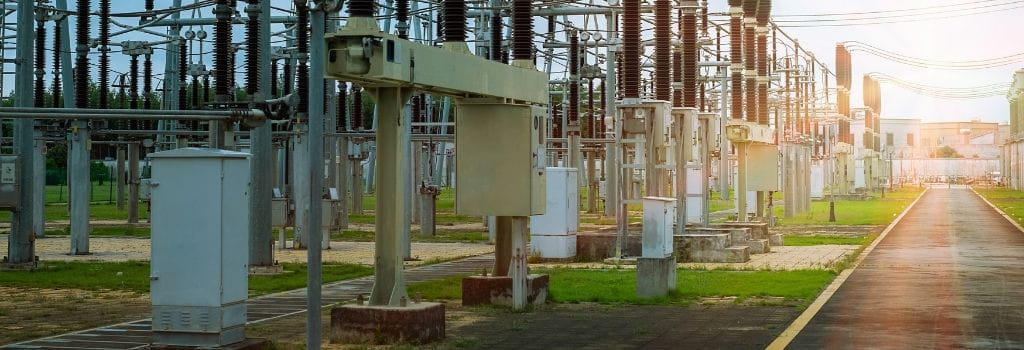Power and Energy
Since the introduction of renewable energy, the electrical system has become more complicated in the generation, distribution and transmission of electricity, so do the power grids. In fact, today’s grids have become more connected, expanded, and sophisticated. On the other hand, utility companies not only have to assure reliability of their system, but also the service resilience. Therefore, the management of the substations in the power grids must be managed with next-generation technologies.
더 읽기: Robust Gateway Computer Realizes Centralized Protection and Control for Power Substations
Around August 2018, the largest manufacturing company of semiconductors and processors in Taiwan was forced to shut down its production facilities due to a widespread computer virus. The chip manufacturer reported that some of its fabrication systems were infected by the derivative version of “WannaCry” virus, a ransomware attack which devastated many enterprises and institutions in 2017.
더 읽기: Assuring Industrial Cyber Security Convergence Between IT and OT Networks
After a series of high-profile cyber security incidents on critical infrastructures, governments and enterprises of such facilities have taken malwares seriously into considerations. Apparently, the malwares or ransomware over the past couple years, such as Stuxnet, WannaCry and Crash Override, have publically exposed the vulnerability of SCADA Networks or Industrial Control Systems in today’s power grid automation, petroleum sites and other critical infrastructures.
더 읽기: Ensuring IT/OT Network Security in Critical Infrastructure
The number of targeted cyber attacks has increased exponentially over the past years, and the rate of attacks has also risen particularly on the critical infrastructure, such as power station, gas refinery and transportation. Some major incidents of cyber attack on power sectors, like the Blackenergy attack on Ukrain’s power grids and the Stuxnet on Iranian nuclear plants, cut off their data flow and disrupt utility serviceability. Due to the increased service convergence of Information Technologies (IT) and Operational Technologies (OT), there is an urgent need for more comprehensive, multi-layer security measures for CIP (critical infrastructure protection) in order to ensure secured communications and mitigate the advanced cyber treats.
더 읽기: Converged IT+OT Security Gateway to Ensure Critical Infrastructure Protection
Since the cyber attack of Ukraine’s power grids in December, 2015, it is clear that traditional ICS, SCADA and off-the-shelf operating systems in substation present imminent vulnerabilities for cyber attack. As the OT networks in critical infrastructures and IT-based control layer devices are more and more interconnected, there have been more loopholes exposed to cyber intruders. Since the energy infrastructures are highly critical to the economic well-beings of the societies, a successfully penetrated attack would cause devastating effects to the enterprises, the government and the people. Therefore, it is necessary to implement an industrial-grade network gateway to secure the industrial communication networks and protocols as most cyber attacks come from this channel.
더 읽기: Protecting Substations from Cyber Threats with IEC61850 Compliant Communication Platform
Utility institutions today are operating globally and relying on substation automation systems to have a secured and reliable solution for controlling and monitoring status of the substations and grids. Historically, substation automation structures involve multiple proprietary protocols which consist of numerous remote thermal units, PLCs, HMIs and plenty of computing systems to be wired together. This implementation usually results in heavy hardware investment, high engineering development time and high maintenance costs due to wiring redundancy and customized communication protocols. In fact, there could be compatibility issues among the automation devices from different vendors.
더 읽기: Employing High Availability IEC 61850 Substation Automation Gateway into Service
To reduce carbon emission, renewable energy has become one of the most discussed subjects regarding utilities. Among these, solar energy is the most anticipated source of renewable energy. In fact, many countries have already implemented solar PV plants in communities, commercial areas and industrial zones.
더 읽기: Effective Monitoring for Commercial Solar PV Implementations












